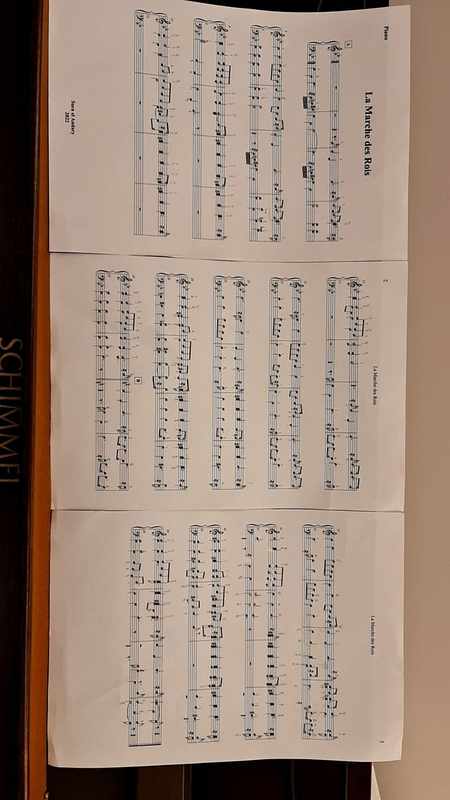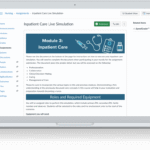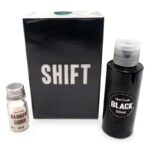Introduction
In the digital age, sheet music has become an essential component of musicianship, providing a platform for musicians to create, share, and explore new sounds. However, converting physical sheet music into a digital format can be a daunting task, especially with the plethora of options available. This review aims to provide an in-depth guide on the best way to digitize sheet music, helping you navigate the process with ease.Overview
Digitizing sheet music is a crucial step towards preserving and sharing your musical legacy for generations to come. With the rise of digital music platforms and online collaboration tools, it’s essential to have your sheet music in a format that can be easily accessed and shared. In this review, we’ll explore the most effective methods for digitizing sheet music, including scanning, audio recording, and optical character recognition (OCR) software.- Discover the benefits of digitizing your sheet music
- Learn about the different methods for converting physical sheet music into a digital format
- Get insights on the best practices for scanning, recording, and OCR software

The Best Way to Digitize Sheet Music
When it comes to digitizing sheet music, there are several methods and tools that can help you achieve the best results. In this review, we’ll explore the pros and cons of each option, helping you make an informed decision.
Scanning: Pros and Cons
Pros:
- Effortless process with minimal editing required
- Suitable for sheet music with simple layouts
Cons:
- Limited accuracy, may not recognize complex notation
- Requires a scanner with high-quality scanning capabilities
Audio Recording: Pros and Cons
Pros:
- Accurate capture of sheet music with minimal editing required
- Suitable for sheet music with complex notation and layout
Cons:
- Requires a digital audio recorder or smartphone app
- May not be suitable for large volumes of sheet music
Optical Character Recognition (OCR) Software: Pros and Cons
Pros:
- Highly accurate conversion of sheet music to digital format
- Suitable for large volumes of sheet music and complex layouts
Cons:
- Requires significant editing to remove errors and correct formatting
- May not be compatible with all file formats or software
Best Practices for Digitizing Sheet Music
To ensure the best results when digitizing sheet music, follow these best practices:
- Use a high-quality scanner or digital audio recorder
- Optimize your file formats and software for compatibility
- Edit your files carefully to remove errors and correct formatting
In conclusion, the best way to digitize sheet music depends on your specific needs and preferences. By considering the pros and cons of each method and tool, you can make an informed decision and achieve the desired results.
Summary of Overall Opinion
In conclusion, each method of digitizing sheet music has its own strengths and weaknesses. Scanning is a straightforward process with minimal editing required, but may not recognize complex notation. Audio recording captures accurate results with minimal editing, but may not be suitable for large volumes. Optical character recognition (OCR) software offers highly accurate conversions, but requires significant editing to remove errors. Considering the pros and cons of each method and tool, buyers can make an informed decision and achieve the desired results.
Before making a purchase, we suggest checking out some other great deals below!

BCW Sheet Music Backing Boards | Certified Acid-Free, Heavy Cardstock | 9 1/4″ x 12 1/8″ | White | 100 Boards per Pack | Ideal for Protecting and Preserving Sheet Music
Check Price15 inch Vera Bradley Laptop Sleeve: Protect your device with style! Discover the ultimate 15-inch laptop sleeve from Vera Bradley, featuring vibrant designs and exceptional durability. Read on to learn more!
Best Wireless PC Gaming Headset 2025: Are you ready to level up your gaming experience? Find out which top-rated wireless headsets made the cut for 2025, offering crystal-clear audio and immersive gameplay. Dive in!






